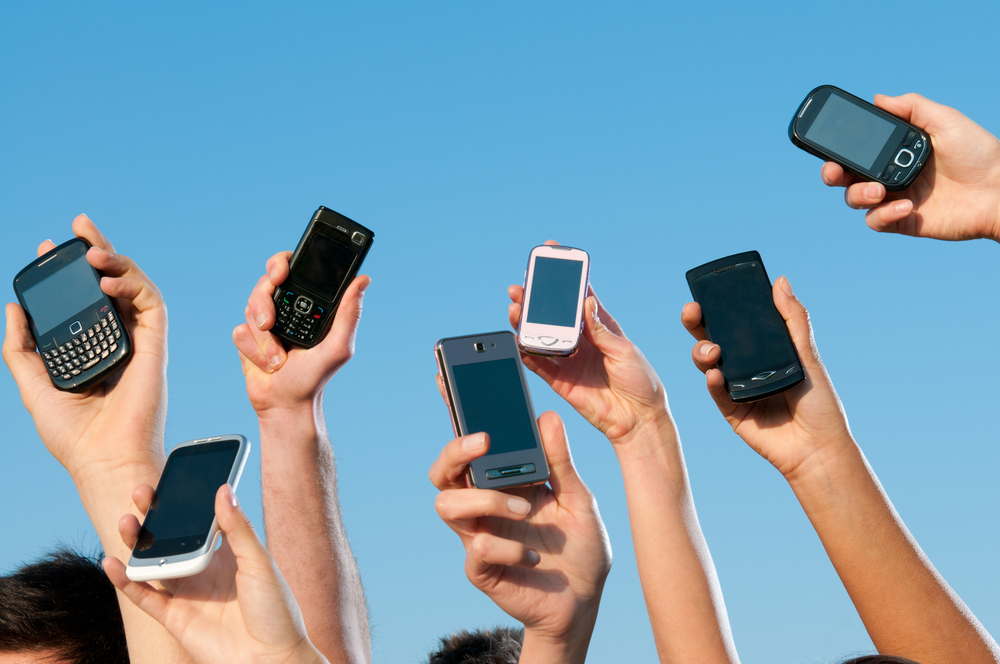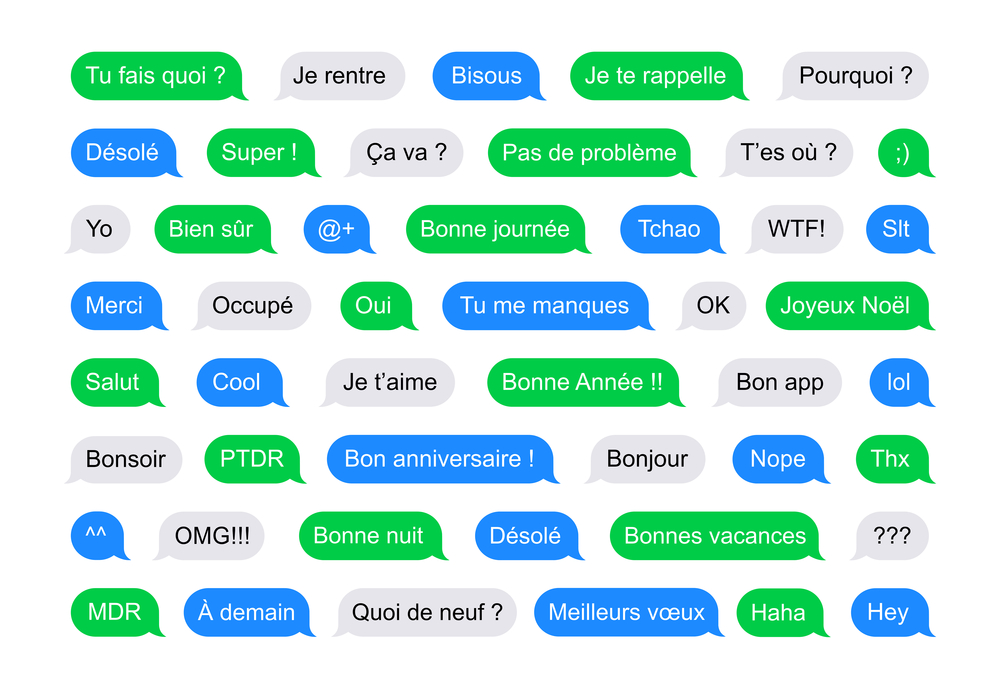
Once the idea of text messages was first conceived in 1984 it has become a staple of our everyday life. Most things can be texted. There are many apps that you can use to text from WhatsApp and Messenger to Messages on the iPhone. So why was it invented and when?

Birth
The story of the Short Messaging Service (SMS) begins in the early 1980s when a group of engineers led by Friedhelm Hillebrand and Bernard Ghillebaert came up with the idea of creating a messaging service with a maximum of 160 characters. Why 160 characters? Hillebrand determined that this was the ideal length for a message that could fit into the existing signaling formats. Another name, Matti Makkonen, is also credited as being the Father of SMS. The story is that he conceived the idea to allow deaf people to be able to use phones. He denies that he is the inventor and credits a large number of engineers including Hillebrand and Ghillebaert.

First SMS
The world’s first SMS was sent on December 3, 1992, by Neil Papworth, a 22-year-old British engineer. Interestingly, the message wasn’t typed out on a mobile phone but on a computer. The recipient, Richard Jarvis, received the iconic message: “Merry Christmas.” This groundbreaking moment marked the beginning of a new era in communication.

Early Adoption
In the late ’90s and early 2000s, SMS gained popularity rapidly. Mobile phones became more accessible, and the appeal of sending short, instant messages captured the public’s imagination. Initially, SMS was used for simple communication between friends and family, but its versatility soon expanded its reach to various industries, from business to healthcare.

SMS Language
As SMS usage soared, a unique language and culture emerged. With the character limit in mind, users developed creative abbreviations and acronyms to convey messages concisely. Phrases like “LOL” (laugh out loud) and “BRB” (be right back) became ubiquitous, shaping the way people communicated not just in SMS but across digital platforms.

Evolution
As mobile technology advanced, so did SMS. Multimedia Messaging Service (MMS) was introduced, allowing users to send not just text but also images, videos, and audio. Despite the rise of instant messaging apps, SMS maintained its relevance due to its universality – a feature that allowed it to reach users with different devices, different communication styles and across various networks.

Smart Phones Era
The advent of smartphones brought a new dimension to SMS. With touchscreens and advanced keyboards, typing out messages became easier, and messaging apps began to dominate the scene. However, SMS persisted as the default messaging option, ensuring that even in an era of diverse messaging platforms, it remained an integral part of communication.

Conclusion
A very simple idea created by a group of engineers has
revolutionised the way that people can communicate. It has removed a communication barrier for
those with a hearing impairment and aided quicker communication for
everyone. It is a tool that across language
and networks to increase communication.
